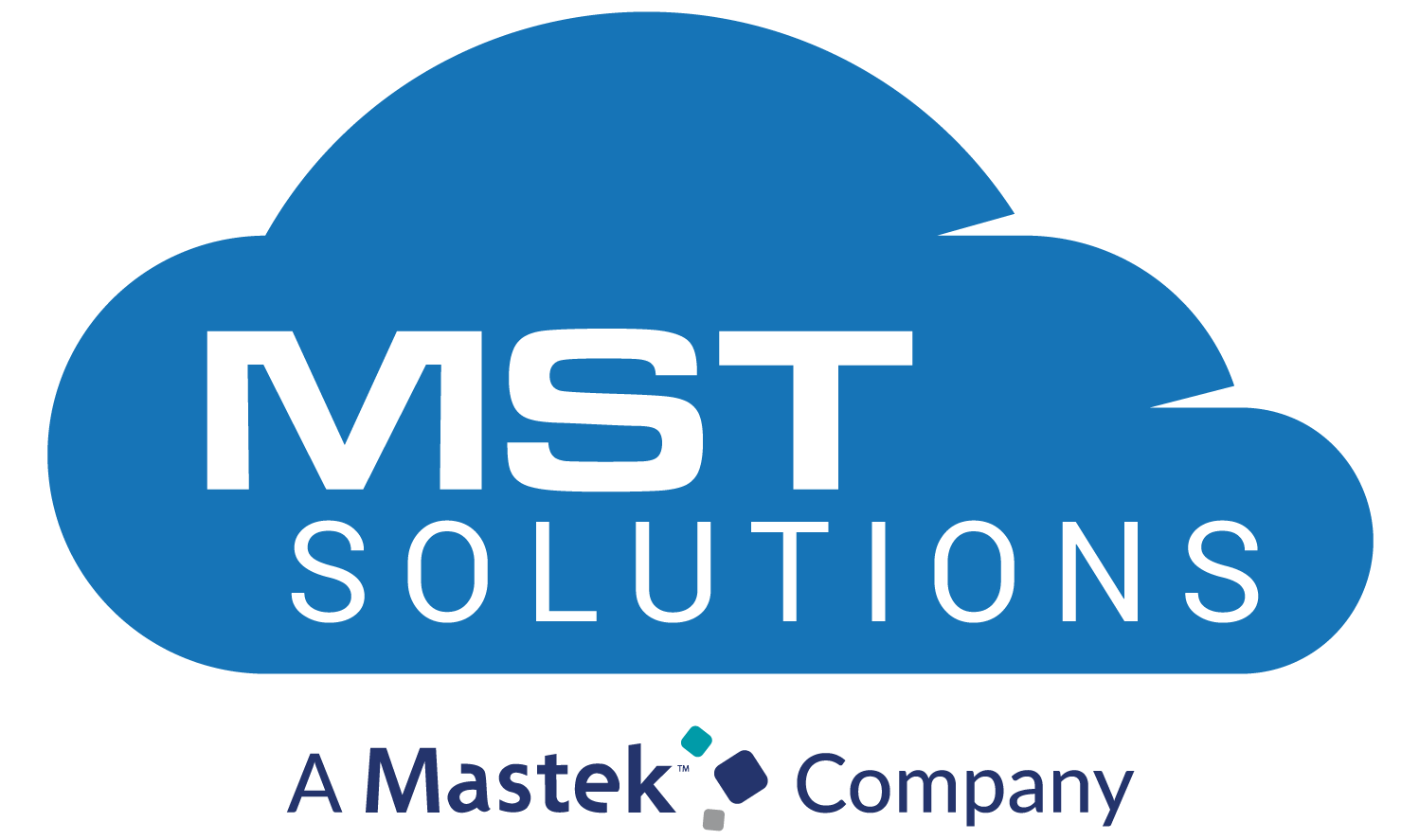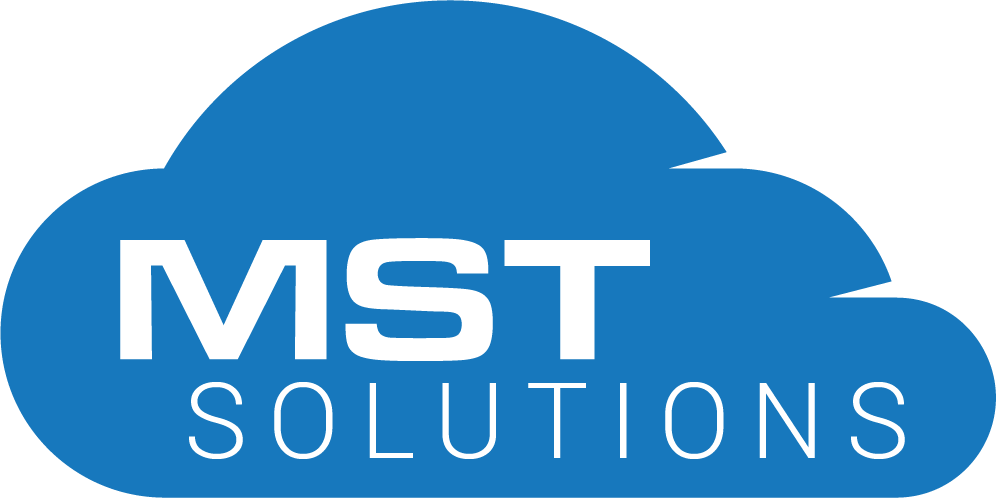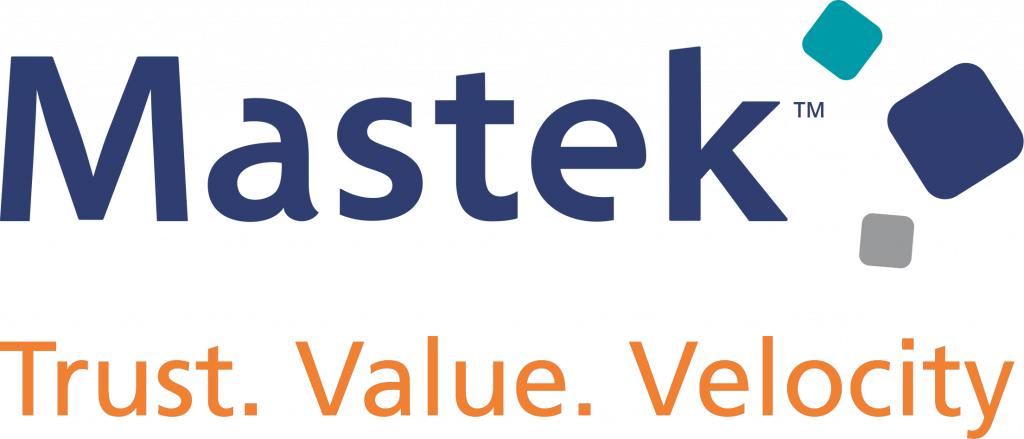When a company seeks out an external solution to provide better customer experience, they’re putting their trust in their vendor to provide that solution. Too often with service-based businesses, the solution that vendors are offering are one-size-fits-all, which doesn’t always fit well, certainly not long term. This can lead to customer frustration and misaligned experience caused by data silos.
Re-Aligning Customer Experience
As a Salesforce integrator, we run into this challenge regularly wherein we’re engaged to solve a specific problem using Salesforce as the platform. As part of serving our client, we start digging into the overall customer experience and mapping our customer’s customers’ journey. More often than not we find siloed systems that impede data flow. Those silos need to be factored into the overall solution framework in order to achieve the overall objectives. This requires following considerations:
- What does the overarching blueprint for customer experience look like?
- What are the other systems that contribute to a frictionless customer experience?
- How are these systems integrated into the overall customer experience framework?
- How does Salesforce plug into the overall enterprise ecosystem?
Traditionally Salesforce will play the technology hub role and bring in the data from disparate systems through an integration platform like MuleSoft. This type of technology hub is essential for creating an end-to-end, customer-centric experience and increasing employee productivity.
The question is how to create an effective technology hub. The answer: a purpose-driven customer experience architecture framework that provides alignment and serves as a blueprint for long term solutions. One instantiation of this blueprint in Salesforce ecosystem is Customer 360, which was just announced in Dreamforce 2019.
A Framework For Growth
At MST Solutions we call it solution architecture framework. It goes way beyond designing a one-off software solution for an immediate problem that our clients have. We’ve found that the best way to serve our core values as a team and our commitment to our customers is to take a “no assumptions” approach. That means consciously refusing to go into meetings with preconceived notions or potential solutions already mapped out in our heads. We ask a lot of questions. We dig deep into our client’s processes, documentation, and goals to create a picture of what their actual needs are, both today and down the road. This strategic approach results in a solution architecture framework. Then, through this framework, we build a set of guidelines, processes, tools, and skills designed to help the client realize their business objectives through a well thought out roadmap. And like a foundation and framework for a house, it’s built to last through many updates and iterations.
An architectural framework with a long-term perspective allows for growth and innovation, while still accommodating the short-term needs of the organization, creating quick wins along the way. There’s no better way to deliver a great customer experience solution than to take an approach that honors a long-term view while taking advantage of iterative, agile techniques. A cohesive architecture framework is how you get buy-in from IT and business stakeholders, and streamline your processes toward one goal: a sustainable roadmap that can survive the ever changing needs of customers.





